Roba
No longer a newbie, moving up!
- Joined
- Aug 17, 2013
- Messages
- 165
- Reaction score
- 46
- Location
- Rangiora NZ
- Can others edit my Photos
- Photos OK to edit
Hi, I posted a race bike picture in the sport section, and some of the c&c was to use a slower shutter speed 160.
This i understand to achieve more blur and giving it a speed affect, the other thing ive read else where is "too shoot wide open".
So ive tried this shooting with a D7000 and 55-300 at 5.6, sunny day iso 100, ss 160.
The result was over exposed, so the only way i knew to get it somewhere near right was to increase the shutter speed. Or increase the aperture.
Any advice appreciated.
Rob
This i understand to achieve more blur and giving it a speed affect, the other thing ive read else where is "too shoot wide open".
So ive tried this shooting with a D7000 and 55-300 at 5.6, sunny day iso 100, ss 160.
The result was over exposed, so the only way i knew to get it somewhere near right was to increase the shutter speed. Or increase the aperture.
Any advice appreciated.
Rob


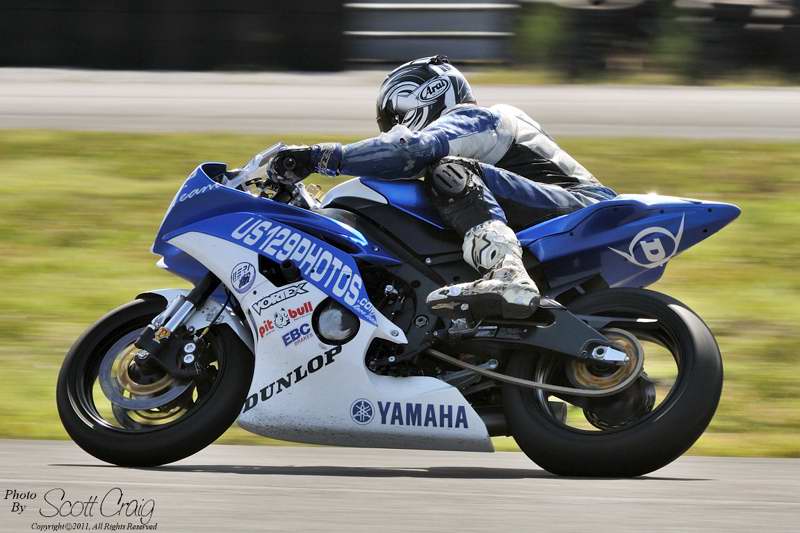
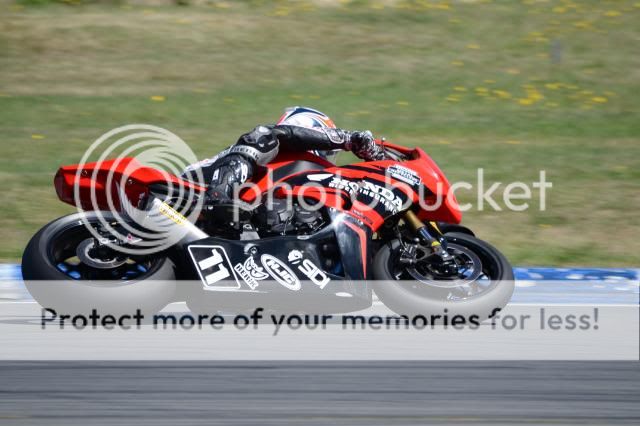


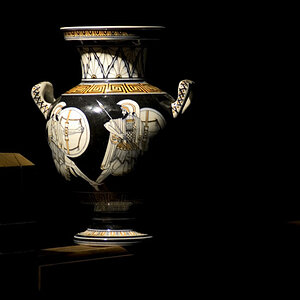
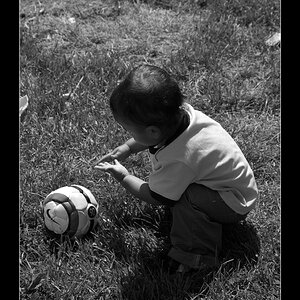
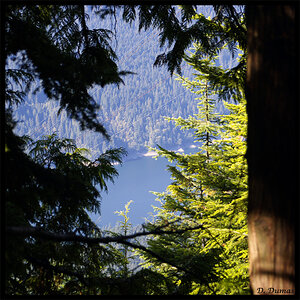
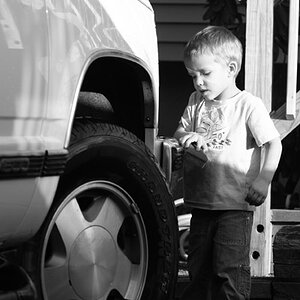
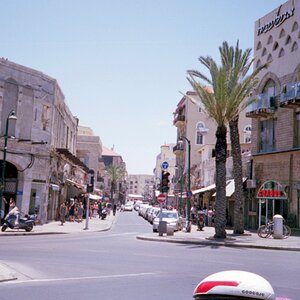
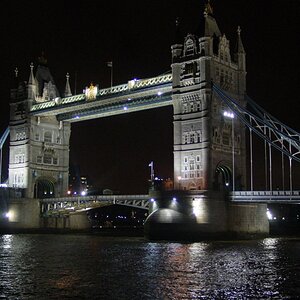

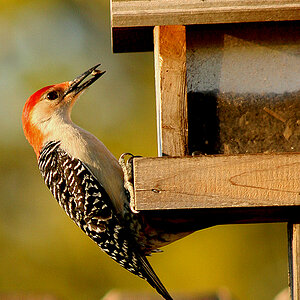

![[No title]](/data/xfmg/thumbnail/39/39291-a89dc472765e04f66f617dd9acc8030d.jpg?1619738958)